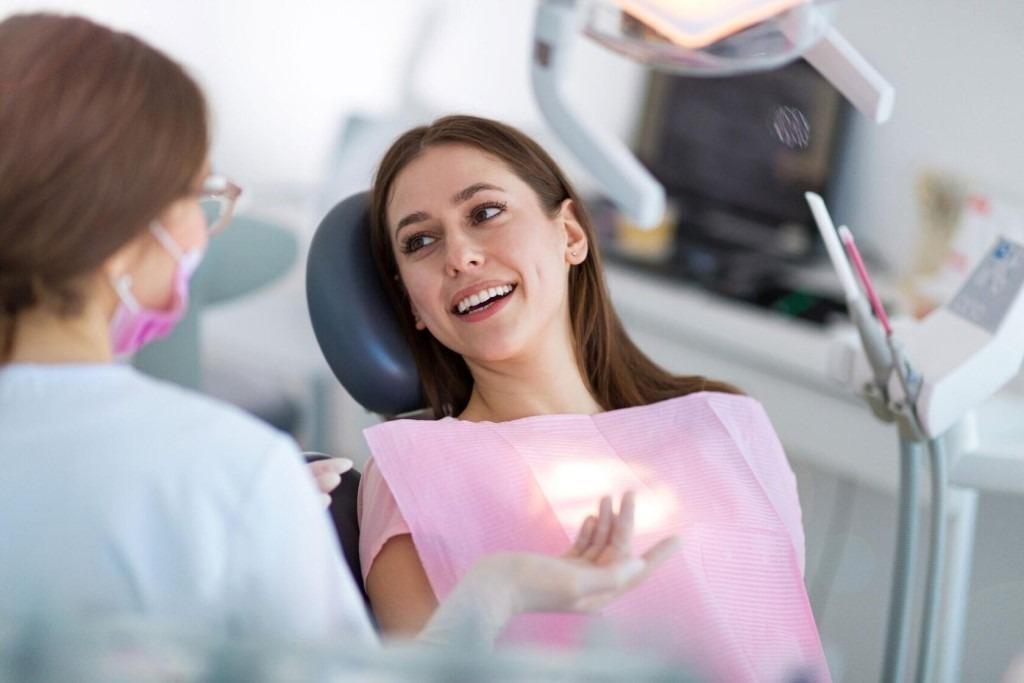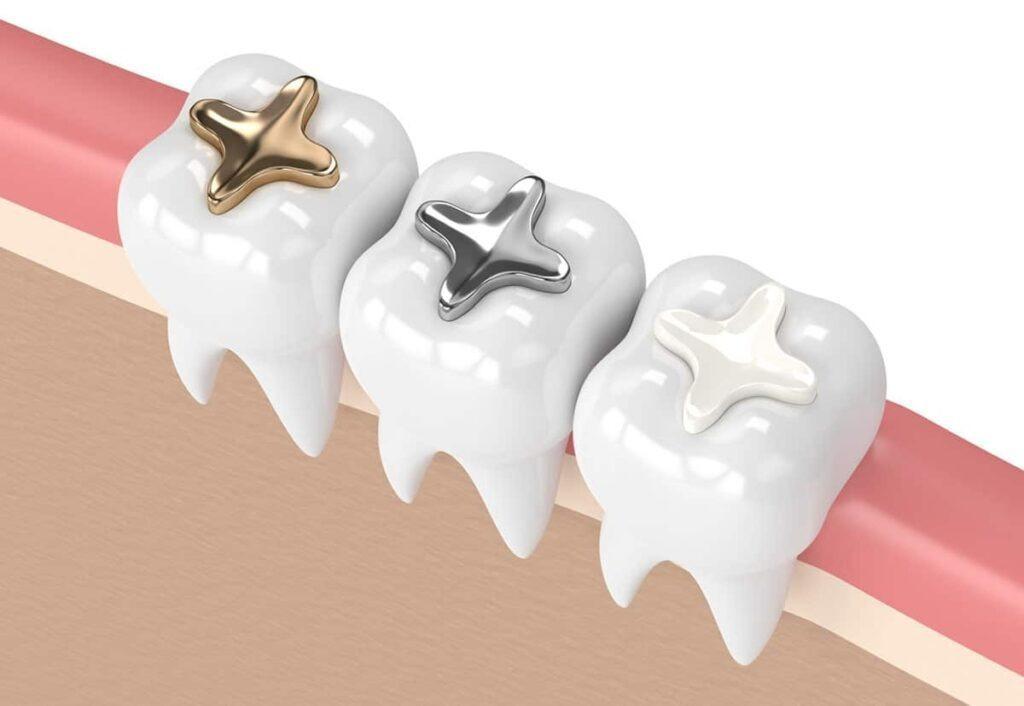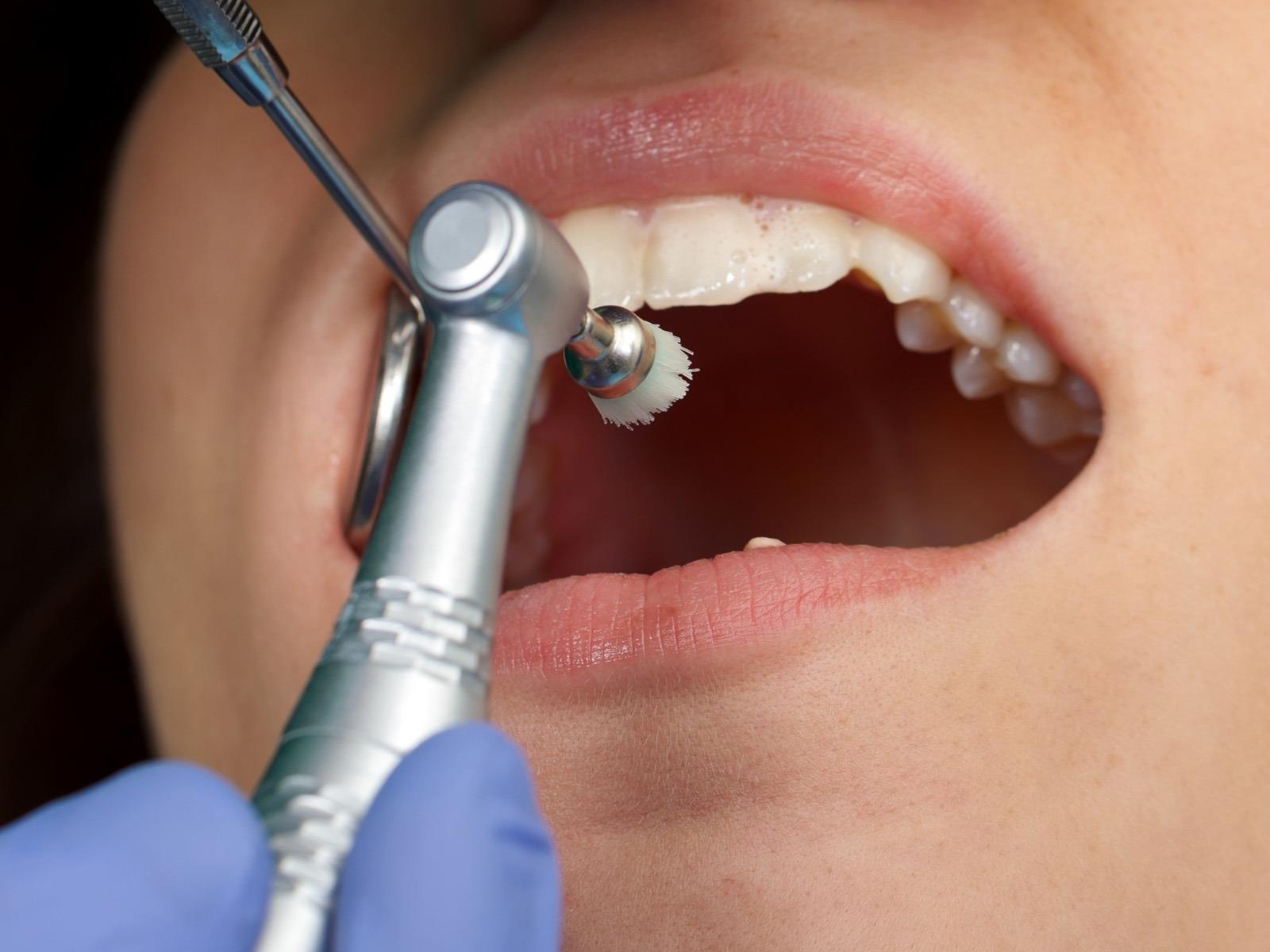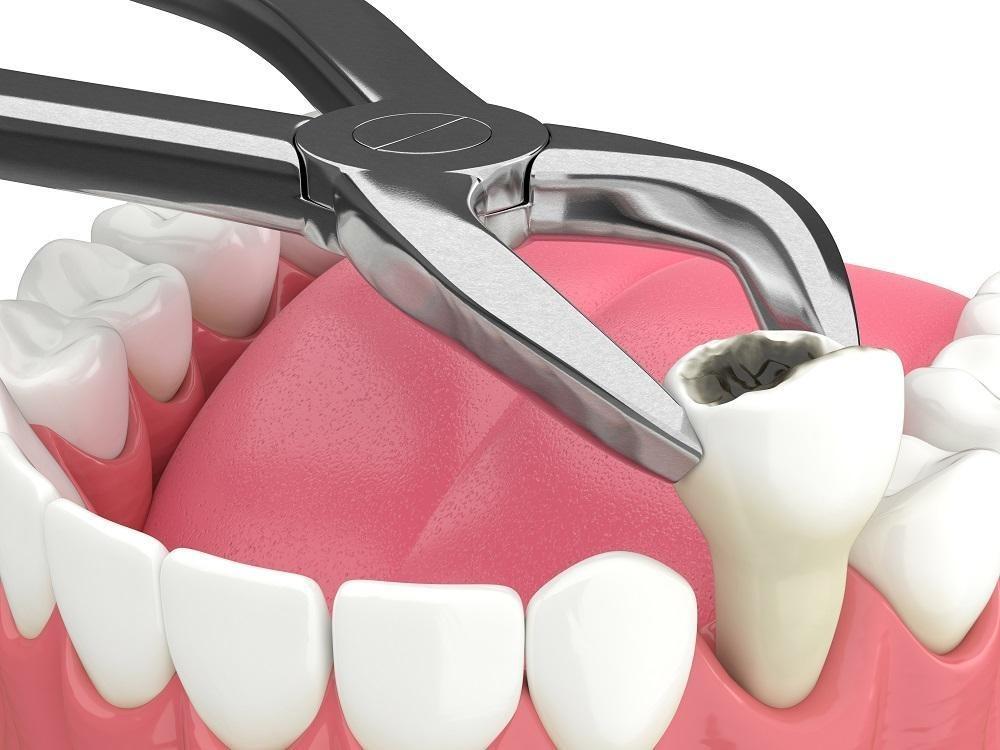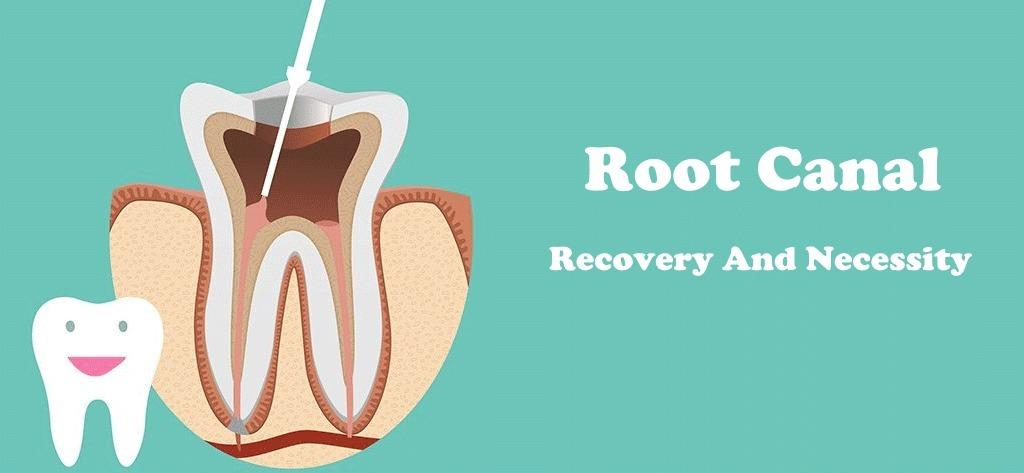A bright, white smile is one of the most desired features in modern beauty and self-care. It not only boosts confidence but also creates a positive first impression. With so many people seeking ways to enhance their smiles, teeth whitening has become one of the most popular cosmetic dental treatments today.
When it comes to whitening your teeth, there are two main options: professional in-office whitening treatments performed by a dentist, and at-home whitening kits that you can use on your own. Both aim to remove stains and discoloration, but they differ in effectiveness, safety, cost, and results.
In this article, we’ll compare these two whitening methods in detail, helping you understand which option best fits your needs, budget, and lifestyle. Whether you want a quick, dramatic change or a gradual teeth whitening process, understanding the pros and cons of each approach will help you make an informed choice for a brighter, healthier smile.
Understanding Teeth Whitening
What Is Teeth Whitening?
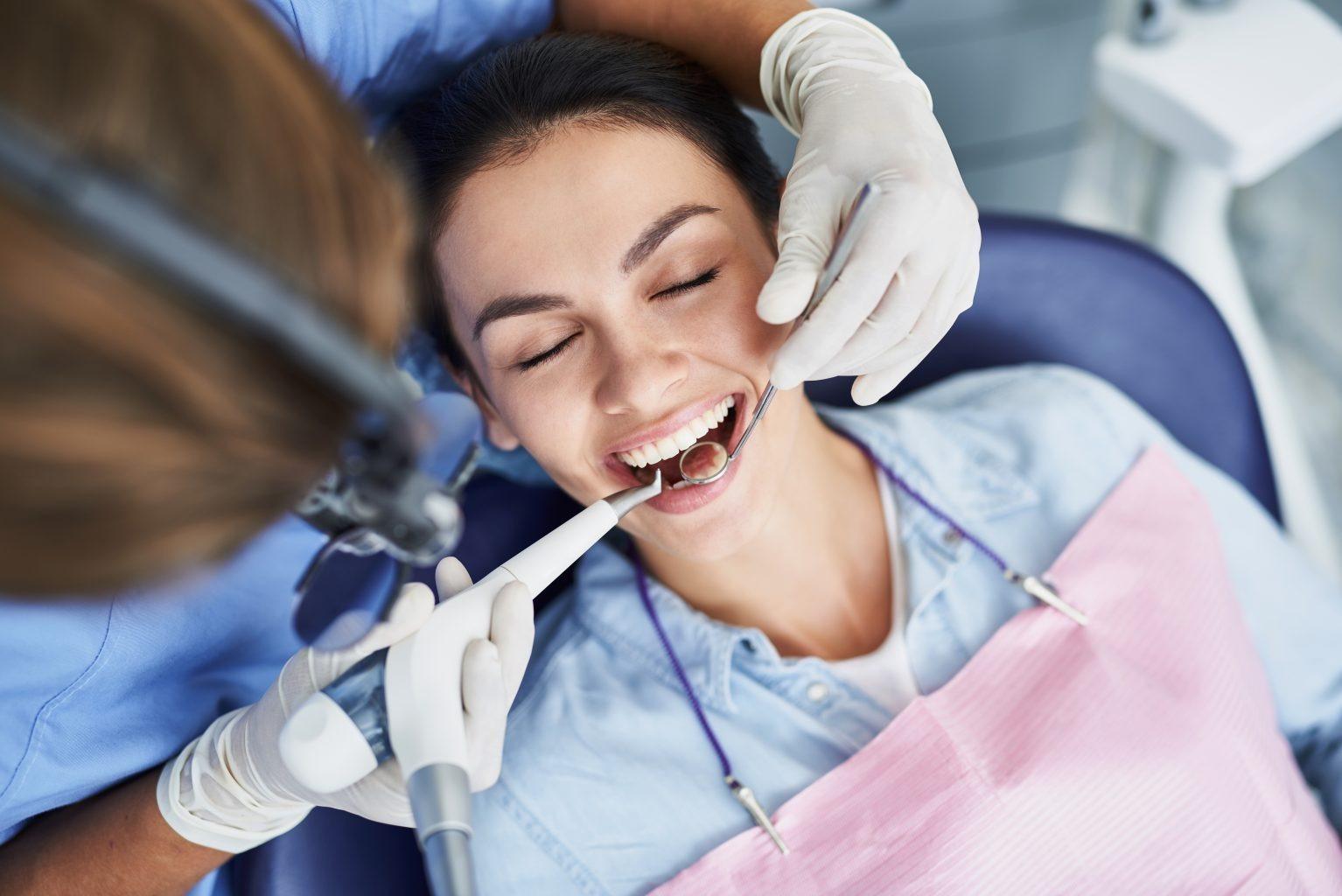
Teeth whitening is a cosmetic dental procedure designed to lighten the color of your teeth and remove stains or discoloration. Over time, teeth naturally lose their brightness due to lifestyle habits, food choices, and aging but whitening helps restore a cleaner, more radiant appearance.
Whitening treatments work by targeting the stains that build up on the surface of the teeth (extrinsic stains) and, in some cases, those that develop within the enamel (intrinsic stains). These stains can come from a variety of everyday sources, including:
- Coffee and tea consumption can leave dark stains.
- Red wine is a common culprit for deep discoloration.
- Tobacco use, smoking, or chewing causes yellow and brown stains.
- As enamel thins over time, the inner layer (dentin) becomes more visible, giving teeth a dull or yellowish appearance.
- Certain medications or trauma can darken the tooth from within.
Whitening treatments aim to reverse these effects and give your smile a visibly brighter, refreshed look.
How Whitening Works
The science behind teeth whitening lies in peroxide-based bleaching agents, typically hydrogen peroxide or carbamide peroxide. These compounds penetrate the enamel to break down the stain molecules that cause discoloration.
Here’s how it works:
- Surface stains (extrinsic) are lifted and dissolved through mild abrasive or bleaching action.
- Deep stains (intrinsic) are broken down at the molecular level as the peroxide reacts with discolored pigments inside the enamel.
The concentration of these bleaching agents determines how powerful the whitening treatment will be. Professional in-office whitening uses stronger solutions for faster, more dramatic results, while at-home kits contain milder concentrations for gradual improvement.
Whether done professionally or at home, teeth whitening enhances your smile’s brightness by removing years of accumulated stains safely and effectively when done correctly.
Professional Teeth Whitening
What It Involves
Professional teeth whitening is an in-office cosmetic procedure performed by a dentist to achieve fast and effective whitening results. Unlike store-bought kits, this method uses a higher concentration of bleaching agents under professional supervision, ensuring both safety and effectiveness.
Here’s how the typical in-office whitening process works:
- Cleaning and preparation: Your dentist begins by cleaning your teeth to remove any plaque or debris, ensuring the whitening gel can work evenly.
- Protection: A protective barrier or gel is applied to the gums and soft tissues to prevent irritation.
- Application of whitening gel: A peroxide-based whitening gel is carefully applied to the surface of your teeth.
- Activation with light or laser: In many treatments, a special LED light or laser is used to activate the whitening agent, speeding up the chemical reaction and enhancing results.
- Rinsing and evaluation: After the gel is removed, your dentist evaluates the shade difference and may repeat the process for deeper whitening if needed.
The entire procedure typically takes 30 to 90 minutes, and most patients notice their teeth becoming several shades lighter after just one visit.
Advantages of Professional Whitening
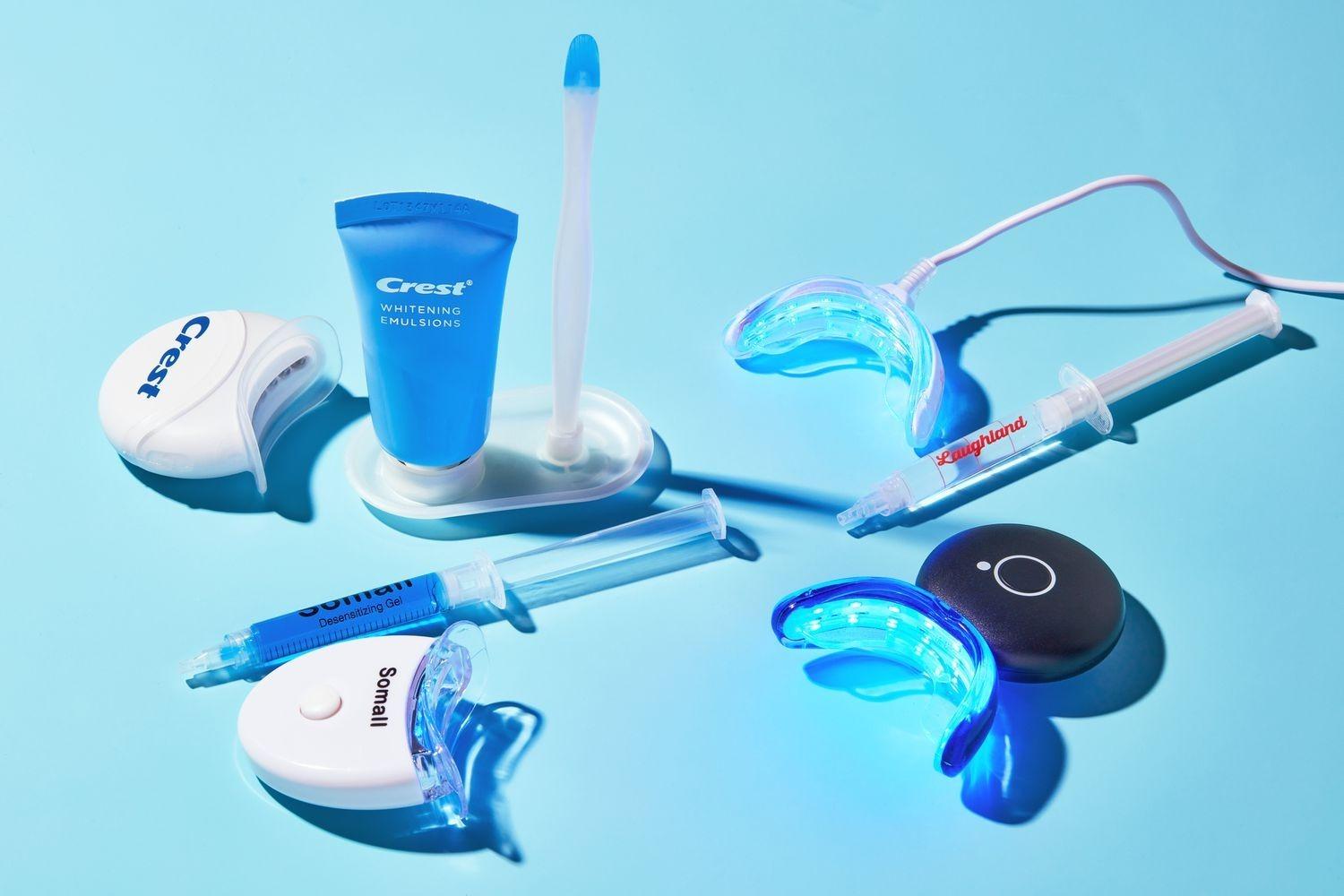
Professional teeth whitening offers several benefits that make it the preferred choice for many patients:
- Fast, visible results: You can see a dramatic improvement after a single session, ideal for special events or when you want quick results.
- Dentist-supervised and personalized: Your dentist customizes the treatment based on your tooth color, sensitivity level, and whitening goals.
- Safe and effective: Because it’s performed under professional supervision, the risk of gum irritation or enamel damage is significantly reduced.
- Even whitening: The procedure ensures a consistent shade across all teeth, unlike some at-home methods that may whiten unevenly.
Possible Drawbacks
While professional whitening is highly effective, it does have a few minor downsides to consider:
- Higher cost: Professional treatments are more expensive than at-home whitening kits due to specialized equipment and a dentist’s expertise.
- Temporary sensitivity: Some patients experience mild tooth sensitivity for a few days after treatment, though it usually subsides quickly.
- Scheduling required: You’ll need to book an appointment, which may not be as convenient as at-home options.
At-Home Teeth Whitening Kits
Types of Whitening Kits
At-home teeth whitening kits have become increasingly popular for people who want a brighter smile without visiting a dentist. These kits use peroxide-based bleaching agents, similar to professional treatments but in lower concentrations. There are several types of at-home whitening options available, including:
- Whitening strips: Thin, flexible plastic strips coated with whitening gel that adhere to your teeth for a set time each day.
- Whitening gels and trays: Gels are applied using mouth trays that fit over your teeth; some are custom-made by dentists, while others are one-size-fits-all.
- Whitening pens: Small applicators that allow you to paint whitening gel directly onto each tooth for quick touch-ups.
- LED whitening devices: Home kits that use an LED light to enhance the effects of the whitening gel.
There’s also a key difference between over-the-counter kits (available in stores or online) and dentist-provided take-home kits. Dentist-supervised kits typically contain stronger whitening agents and custom-fitted trays, leading to more consistent and safer results compared to generic retail options.
Advantages of At-Home Whitening
At-home whitening kits come with several appealing benefits that make them a convenient alternative to in-office treatments:
- Cost-effective: They’re significantly more affordable than professional whitening procedures.
- Easily available: You can purchase them online or at most pharmacies without a prescription.
- Convenient and flexible: You can whiten your teeth at your own pace, whether during your daily routine or before bed.
- Gradual improvement: The whitening effect builds up over time, allowing for a more natural-looking transition to a brighter smile.
For those who prefer a DIY approach and don’t need immediate results, at-home whitening can be an excellent choice.
Limitations and Risks
While at-home whitening is convenient, it’s important to understand its limitations and potential risks, especially if used incorrectly:
- Weaker results for deep stains: Over-the-counter kits may not effectively remove intrinsic (deep) discoloration within the enamel.
- Uneven whitening: Generic trays or strips may not fit perfectly, leading to patchy or inconsistent whitening.
- Risk of gum irritation: Overuse or improper application of whitening gels can cause gum sensitivity or burning.
To minimize these risks, it’s best to follow the product instructions carefully or consult your dentist for guidance on safe and effective at-home use.
Comparing Professional and At-Home Whitening
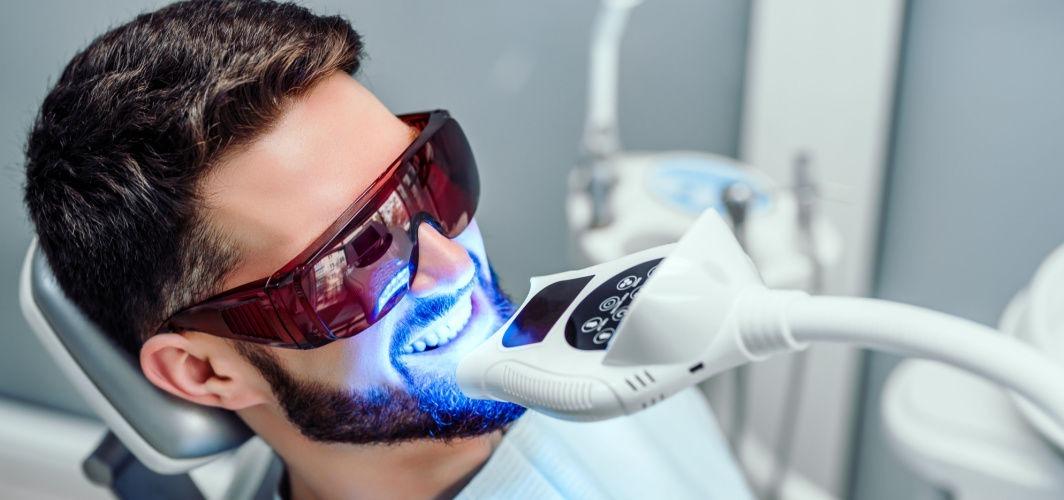
When it comes to brightening your smile, both professional teeth whitening and at-home whitening kits can deliver noticeable results but they differ in terms of effectiveness, safety, cost, and convenience. Understanding these differences can help you choose the best option for your lifestyle and goals.
Effectiveness and Results
Professional teeth whitening treatments provide faster and more dramatic results because they use stronger bleaching agents under controlled conditions. Most patients notice a significant improvement, often several shades lighter, after just one in-office session.
On the other hand, at-home whitening kits offer gradual improvement. You’ll need to use them consistently for several days or weeks to achieve visible results. While they’re effective for removing surface stains, they may not be powerful enough to treat deep discoloration or long-standing stains within the enamel.
In short:
- Professional whitening = instant, noticeable change
- At-home kits = slower, progressive whitening
Safety and Supervision
Safety is a key factor when choosing a whitening method.
With professional whitening, your dentist monitors the entire process, ensuring your gums, enamel, and soft tissues are protected from irritation. The concentration of bleaching agents and exposure time are carefully controlled, minimizing risks.
By contrast, at-home whitening relies on your ability to apply the product correctly. Overuse or improper application, such as leaving gel on too long or using ill-fitting trays, can lead to tooth sensitivity or gum irritation. For best results, it’s important to follow the instructions closely or seek guidance from your dentist before starting any at-home treatment.
Cost and Convenience
Professional whitening is typically more expensive, as it involves advanced equipment and professional expertise. However, it saves time with immediate, reliable results in just one appointment. It’s ideal for people who want quick results for an upcoming event or a complete smile makeover.
At-home whitening kits, on the other hand, are much more affordable and can be used anytime, anywhere. They offer flexibility, making them great for those who prefer a more gradual approach or want to maintain results between professional treatments.
In short:
- Professional whitening = higher cost, faster results
- At-home whitening = budget-friendly, slower progress
Which Option Is Right for You?
Choosing between professional teeth whitening and at-home whitening kits depends on your individual needs, budget, and desired results. Both options can enhance your smile, but each works best in different situations.
When to Choose Professional Whitening
Professional teeth whitening is the best choice when you want fast, noticeable results and expert supervision. It’s particularly suitable if:
- You have deep or stubborn discoloration that over-the-counter kits can’t remove.
- You’re preparing for a special occasion, such as a wedding, interview, or photo shoot.
- You have sensitive teeth or dental restorations (like crowns or veneers) and want a treatment tailored to your needs.
- You prefer a single-session solution with long-lasting effects.
Professional whitening offers the confidence of dentist supervision and predictable results, making it ideal for anyone seeking a safe, effective transformation.
When to Choose At-Home Kits
At-home whitening kits are great for those who want a convenient, budget-friendly way to brighten their smile gradually. They work well if:
- You have mild surface stains from coffee, tea, or smoking.
- You want to maintain your professional whitening results over time.
- You prefer a DIY approach and don’t mind waiting a few weeks to see changes.
- You’re looking for an affordable option without scheduling dental visits.
When used correctly, at-home whitening kits can help you achieve a whiter smile safely and effectively, especially when complemented with regular dental care and good oral hygiene.
Tips for Maintaining Whitened Teeth
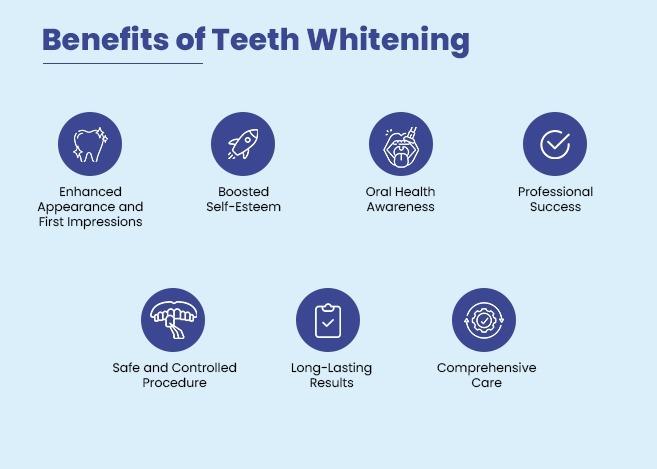
After investing time and effort into whitening your teeth, keeping them bright for as long as possible is essential. By adopting the right habits, you can extend the results of your whitening treatment and maintain a healthy, radiant smile.
1. Avoid Staining Foods and Drinks
Certain foods and beverages are known to cause discoloration over time. To keep your smile bright, try to limit or avoid:
- Coffee, tea, and red wine
- Dark-colored sauces (soy sauce, tomato sauce, curry)
- Berries and colored sodas
- Tobacco products and vaping
If you do consume these items, rinse your mouth or brush your teeth afterward to minimize staining. Using a straw for beverages can also help reduce contact between the liquid and your enamel.
2. Maintain Daily Oral Hygiene
Good oral care is key to preserving your whitened teeth. Follow these daily habits:
- Brush twice a day using a fluoride toothpaste or a whitening toothpaste recommended by your dentist.
- Floss daily to remove plaque and prevent discoloration between teeth.
- Rinse with a mouthwash that strengthens enamel and reduces surface stains.
Consistent oral hygiene not only keeps your teeth white but also promotes healthier gums and fresher breath.
3. Schedule Touch-Up Treatments or Cleanings Regularly
Even with the best care, teeth can gradually lose their brightness due to normal wear and dietary habits. To maintain your results:
- Schedule professional cleanings every six months to remove surface stains and tartar.
- Use touch-up whitening products such as whitening pens, strips, or dentist-provided trays to refresh your smile as needed.
- Consult your dentist about how often you can safely repeat whitening treatments without harming your enamel.
Conclusion
Both professional teeth whitening treatments and at-home whitening kits can effectively enhance your smile and boost your confidence. Each method offers unique advantages: professional whitening delivers fast, dramatic results under expert supervision, while at-home kits provide a convenient, affordable way to whiten gradually.
Ultimately, the best choice depends on your personal needs, budget, and desired results. If you’re unsure which option suits you best, consulting your dentist is the smartest step. A dental professional can assess your teeth, recommend the most effective approach, and ensure that your whitening experience is safe, comfortable, and long-lasting.

